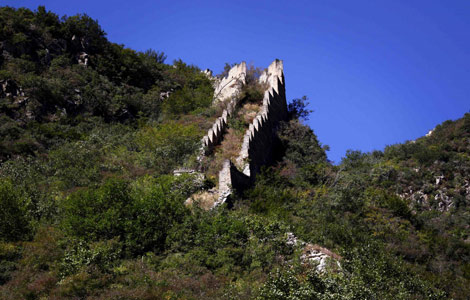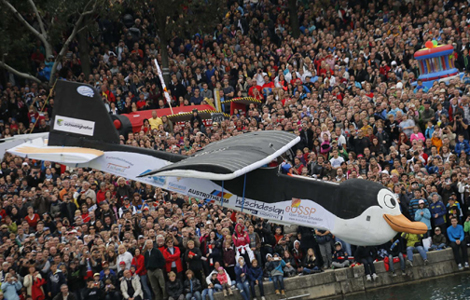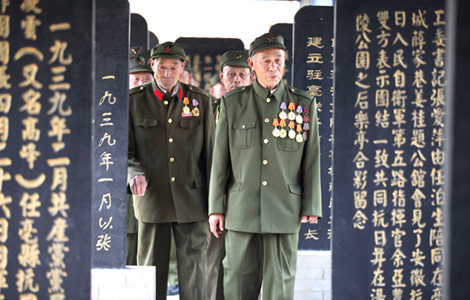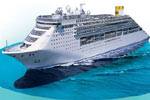Great malls of China
Updated: 2012-10-06 11:30
By Yao Jing (China Daily)
|
||||||||
The two companies will also work together to expand into second-tier cities in established retail markets.
Tremblay says that in order to be iconic in the mass China retail market, they must pay more attention to how malls are designed and laid out and offer other amenities to shoppers.
"Shopping is now becoming an entertainment, a day out, an experience," Tremblay says.
Tremblay says that Wangfujing's existing footprint and marketing know-how will help Taubman and provide it with a quality anchor tenant in projects they develop together in the future.
For international retail companies, who face challenges in securing space and trying to understand the logistical maze of the marketplace, Guo Zengli of Mall China says establishing a joint venture with a local company has become a major strategy for many international developers seeking to strengthen their presence in China.
"Anyone entering the China market cannot just simply recreate the same store they have in their home market, but must use different positioning and branding," Guo says.
"Unlike in the US, where land for development is relatively abundant, most shopping malls tend to be arranged over a single story in suburban areas. In China, land for shopping center development is at a premium," says James Hawkey, executive director of retail services for Cushman & Wakefield China, a subsidiary of the New York-based commercial real estate services firm.
The greater density of buildings and residents across major cities in China forces developments to be more vertical and typically five or more stories high. In Europe or the US, there are very few centers offering over 100,000 sq m of space, while in China many malls exceed this, Hawkey says.
"Overseas retail developers have to understand and accept the local operating environment as well as local consumer patterns and preferences," Hawkey says.
International advantages
International shopping center developers have distinct advantages over their Chinese competitors. They have more experience in design and construction as well as in leasing and operating shopping centers, Hawkey says.
CapitaMalls Asia, with its experience of more than 10 years in China's market anchored by its two popular shopping centers, CapitaMall and Raffles City, has become an example for competitors to follow.
Among CapitaMalls Asia's 53 projects in China, 43 malls are operational today; the other 15 are currently under development.
"In the first half of this year, tenants' sales in our China malls increased 11.6 percent that is driven by tenants' sales in second and third-tier cities, which grew even faster at 15.9 percent. Shopper traffic in our China malls grew 10.7 percent in that same timeframe," says Lock Wai Han, CEO of CapitaMalls Asia (China).
CapitaMalls Asia has a network of international and regional retailers with more than 10,000 leases. Approximately 4,800 retail brands that the company works with are in China. The brands it has introduced to China include Hollister, Desigual and Kate Spade, which opened their first stores in the developer's Shanghai malls, Han says.











